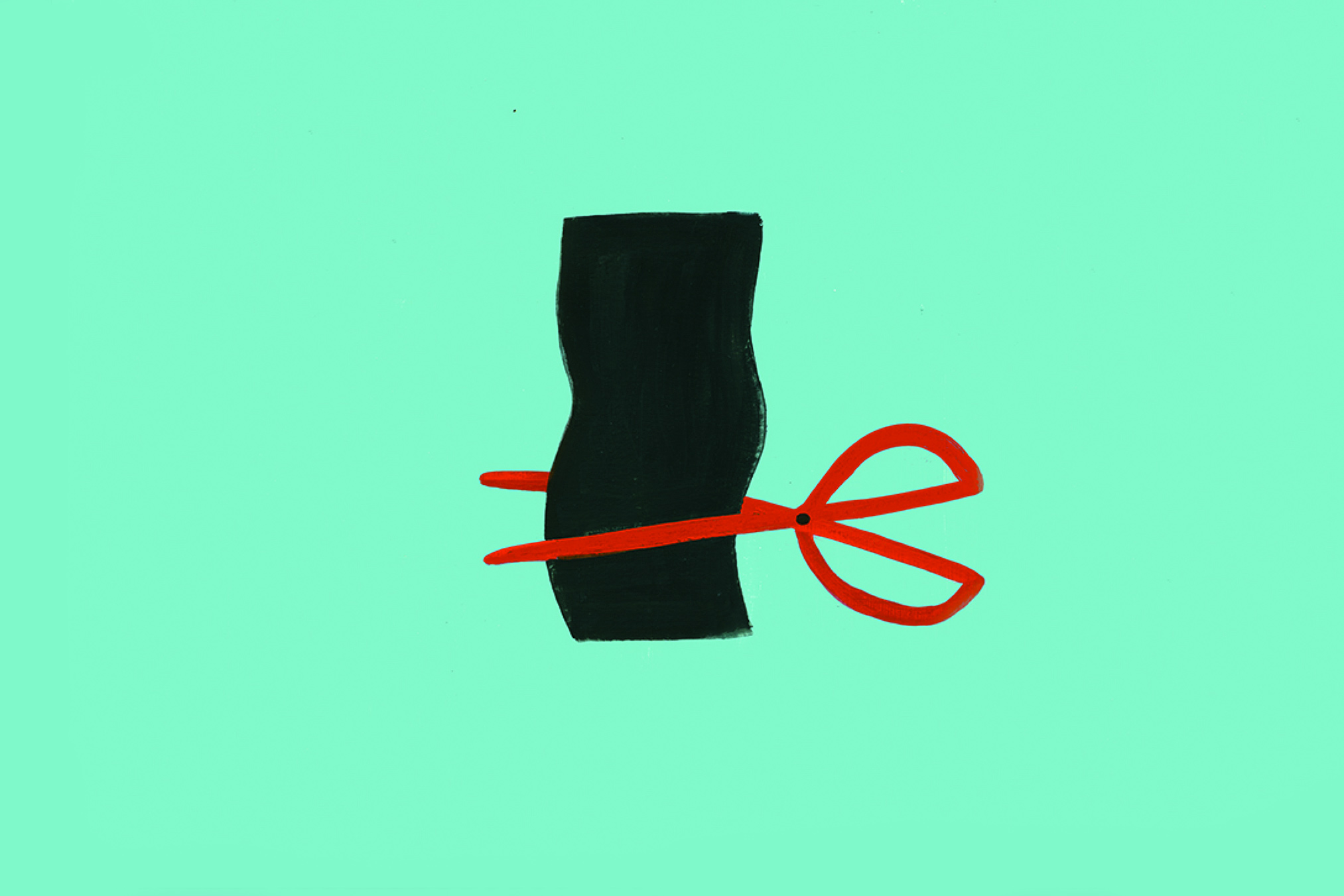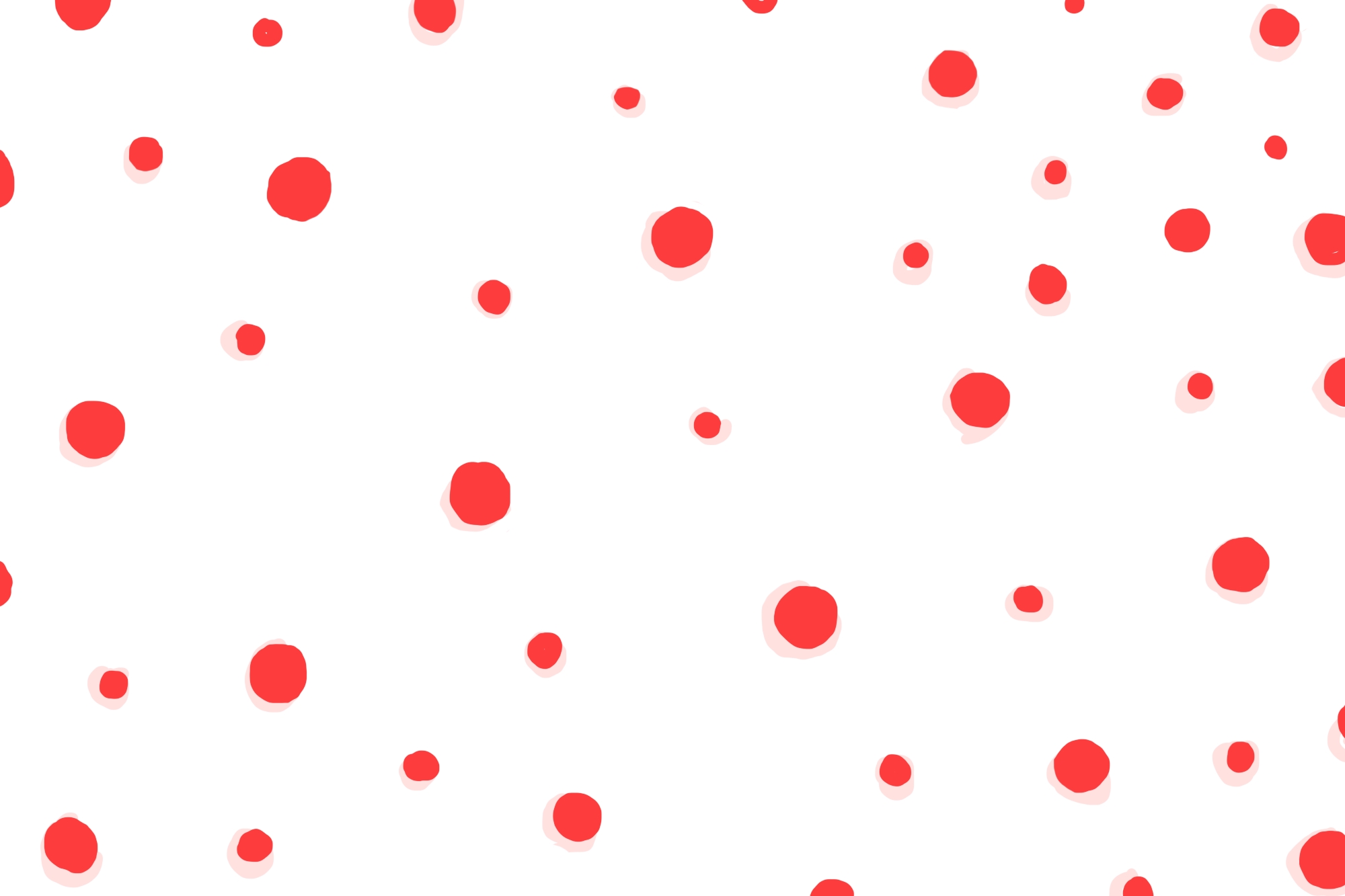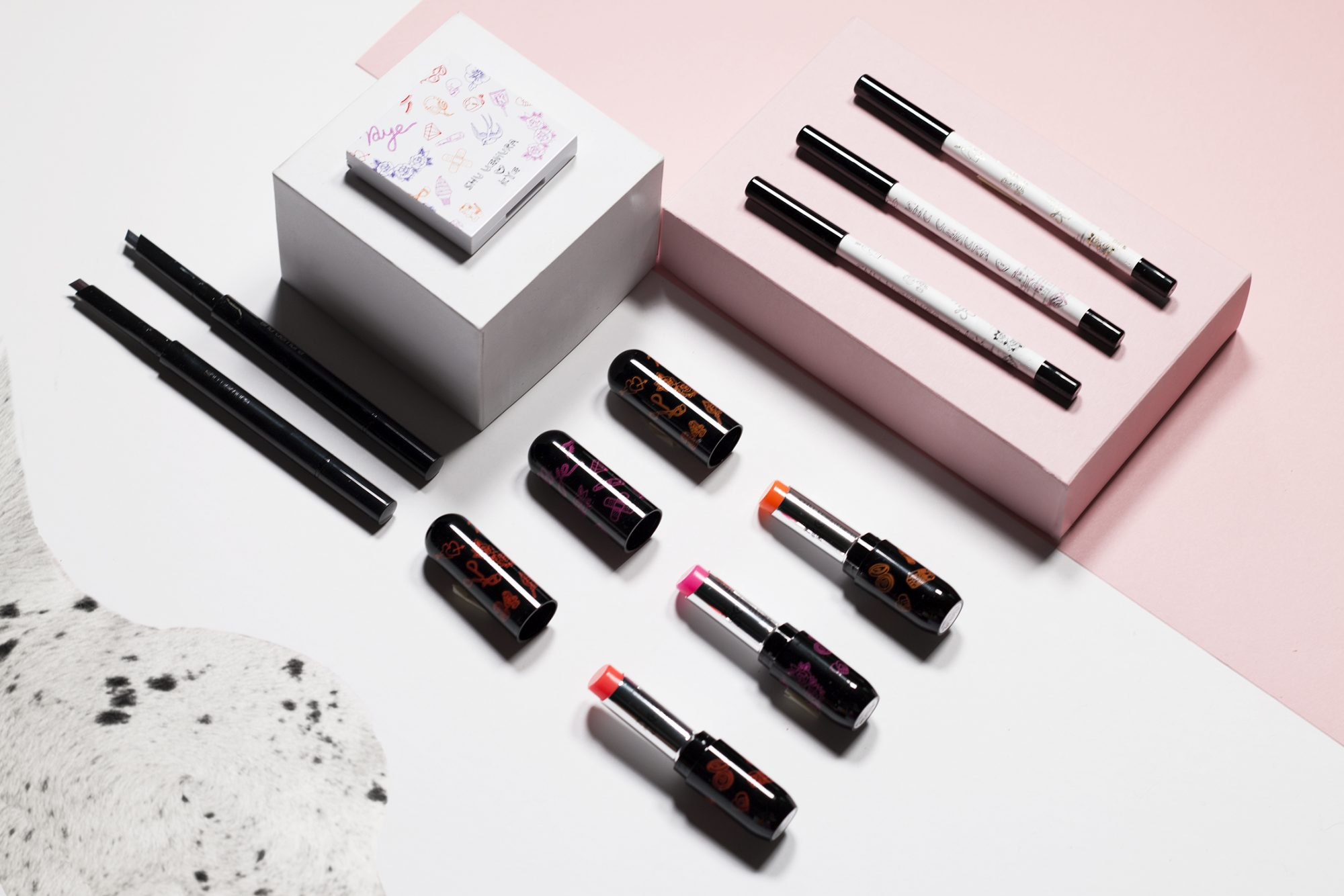beauty
How Are Your Beauty Products Made?
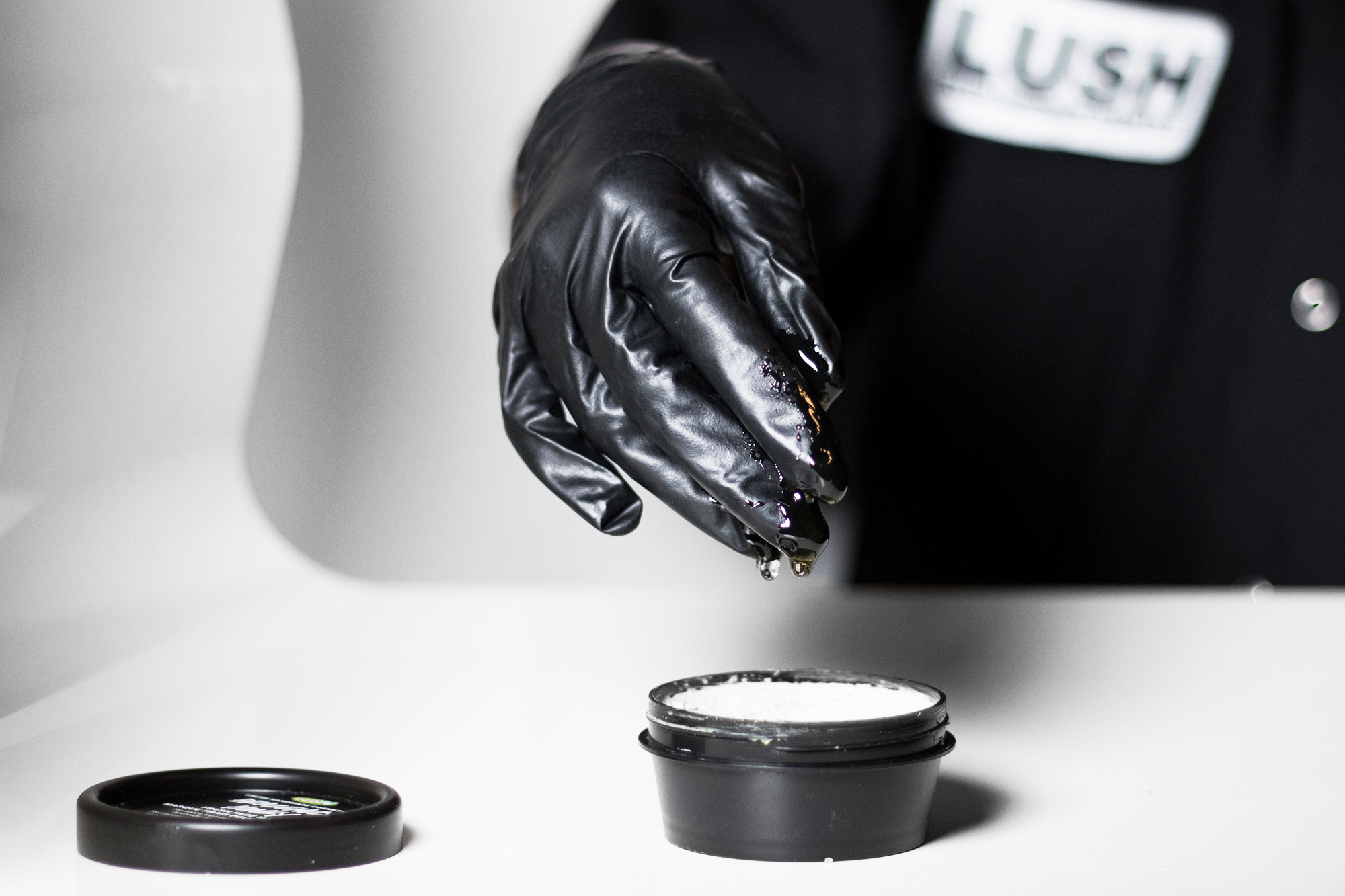
Have you ever really put any serious thought into how the beauty products you use are made? It’s something that has been crossing my mind quite often as of late, especially after discovering ThinkDirty*, an app that helps consumers understand what potentially toxic ingredients are in our personal products.
I like to think that I’m pretty educated about what I put into my body on a daily basis…so why shouldn’t I be just as educated about what goes ONTO it?
Recently, I was invited by Maram at Lush HQ for tour of the factory here in Toronto. Since honesty and transparency are key values at Lush, it was only fitting that they gave consumers an inside look at how their cosmetics are made. Lush, founded in 1995 by Mark Constantine (a trichologist) and Liz Weir (a beauty therapist), strives to produce ethically made, fresh cosmetics while supporting sustainable and environmental global issues.
Fun fact: The name “LUSH” was launched through a customer competition to rename the company – Elizabeth Bennett came up with ‘LUSH’, a term being associated with “fresh, green, verdant, and drunken women.”
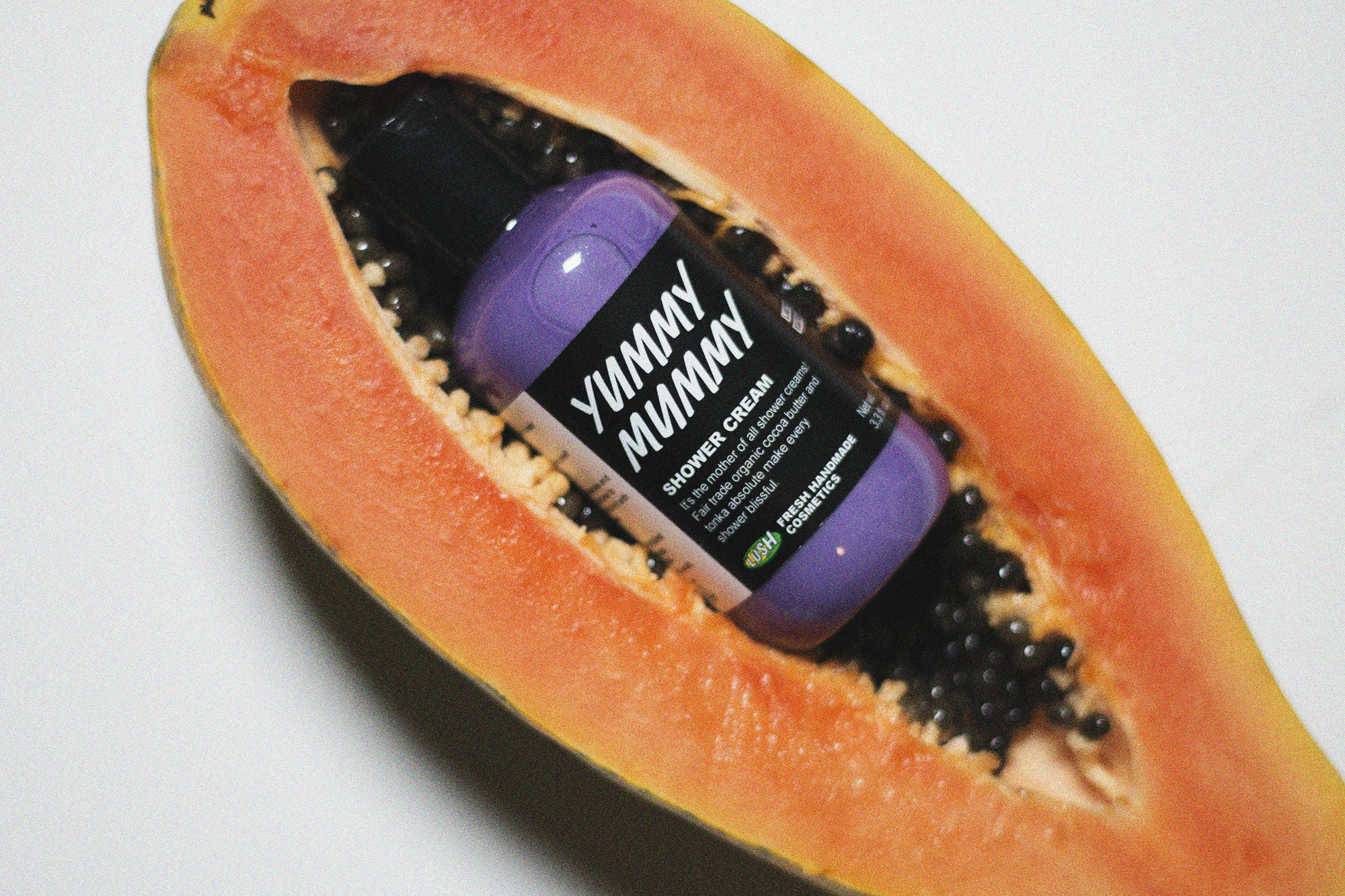 Photos by Vanessa Cesario
Photos by Vanessa Cesario
While I was right on target with suspecting the facility would smell like the Lush store x 100, I wasn’t really sure what else would be in store for the day. After walking into the lunch room and seeing a lovely veg spread and some familiar faces (Alyssa & Johanna from Random Acts of Pastel), I knew I was in for a fun afternoon.
In the first part of our tour, we received a tutorial on how the “Brazened Honey” face mask is made — right from the herb infusion (that the mask starts with) to pouring in the *fresh* honey. One of my favourite parts of the experience was seeing all the fresh and organic produce, herbs, and flowers that go into Lush products (they use all vegetarian ingredients). Who woulda thought that *real* produce goes into beauty products? I felt like I was in a grocery store rather than a factory!
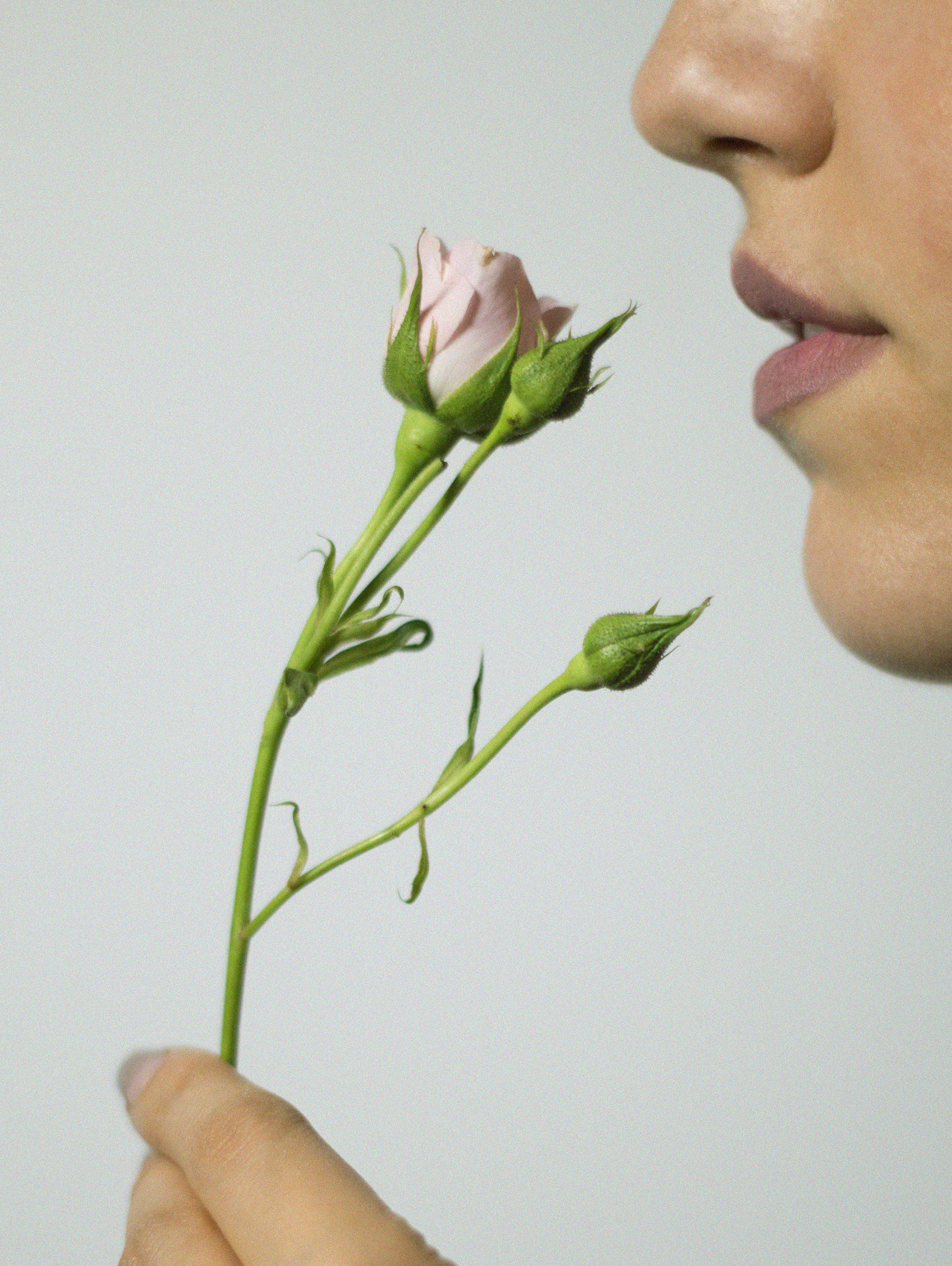
Next, we got a glimpse into the glitter room. I was always a bit skeptical of how a brand as environmentally-friendly as Lush uses glitter (which is usually made of plastic and so not particularly good for the earth) in so many products. But upon entering, we were informed that Lush makes their “glitter” out of special algae and seaweed, which provides a pearlescent glow naturally! Nature is amazing, huh?
Last and definitely not least, we entered the bubble room – packed with people hand shaping and prepping the bubble bars (all whilst bouncing happily to Beyonce). We got a quick tutorial on what ingredients make up the mixture, then practiced shaping our own bars.
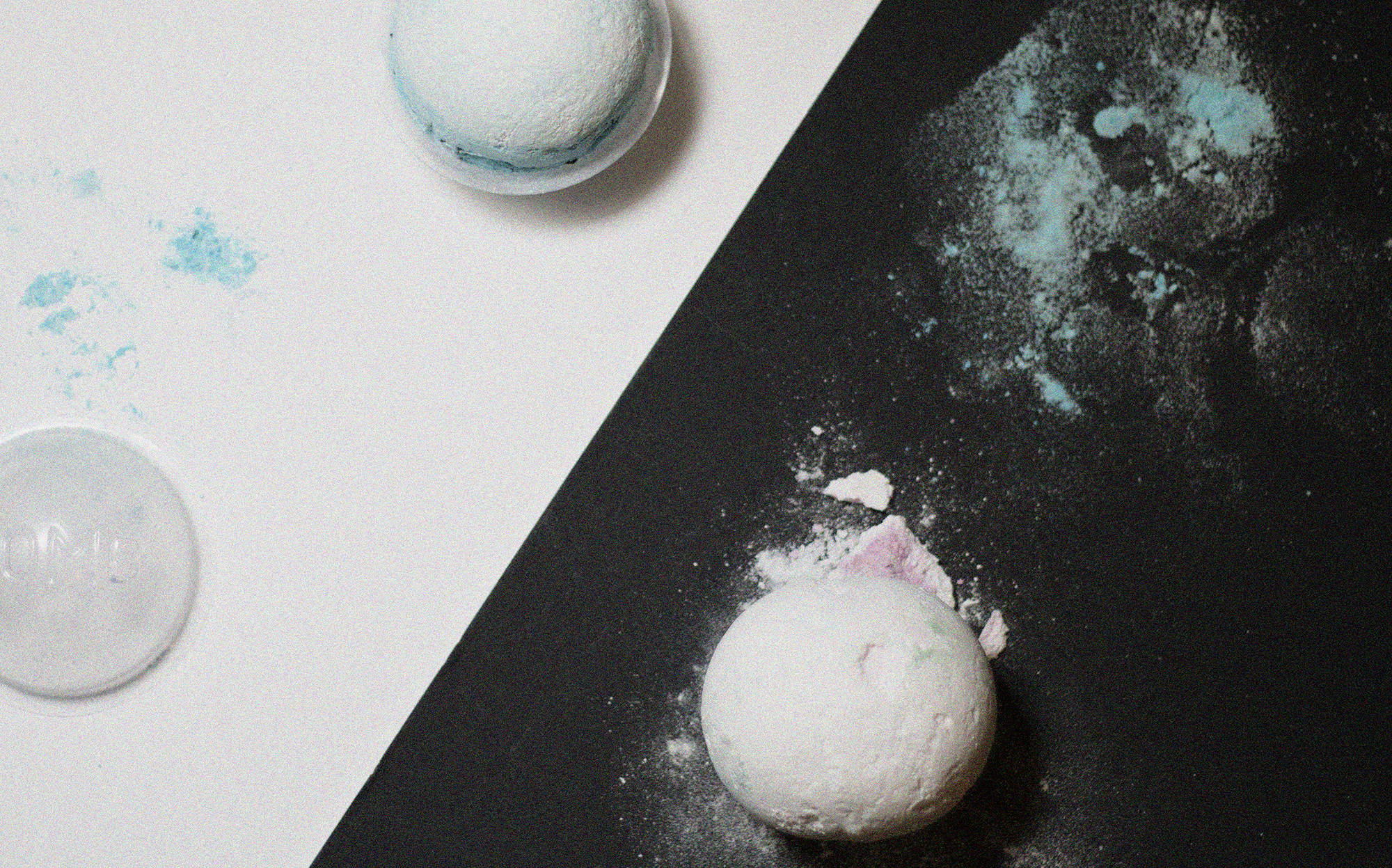
As a consumer, being on the production side of beauty was eye-opening to say the least. I can safely say that this experience has informed my choices, and made me more critical of what I actually put on my body.
Aside from their incredible products, the visit to the Lush factory confirmed me as a die-hard, lifelong fan. Their commitment to being ethical in every way is inspiring — from their devotion to fighting against animal testing, to putting funding towards local sustainable farmers, and maintaining an enjoyable work atmosphere for their own employees. I left the factory that day smelling like an angel, with bags full of my (charming) semi-formed products in hand, and the satisfaction of knowing that I *do* know how my beauty products are made.
*Note: I cross-checked the ThinkDirty App for Lush products after writing this piece to see many products come up at 9/10.
After some research, I realized that this was due to two things: fragrance and parabens. The first thing I should mention is that most conventional beauty products have enough preservatives, a.k.a parabens, in them to ensure they will remain stable on a shelf for 30 months. Lush products can have shelf lives as little as three weeks, but are usually around 14 months. There are methyl/propyl parabens in some of their products, 73% of LUSH products are unpreserved. However, they use less than half the maximum permitted level to ensure the product is as mild as possible and the skin’s natural microflora is not affected. You can see Health Canada’s take on them here.
Fragrance is reviewed on a case-by-case basis in the app, and because Lush uses secret essential compounds (and their safeness cannot be verified), worst case scenario is assumed. But from what I learned at the factory, all essential oils used are safe and from natural sources.





